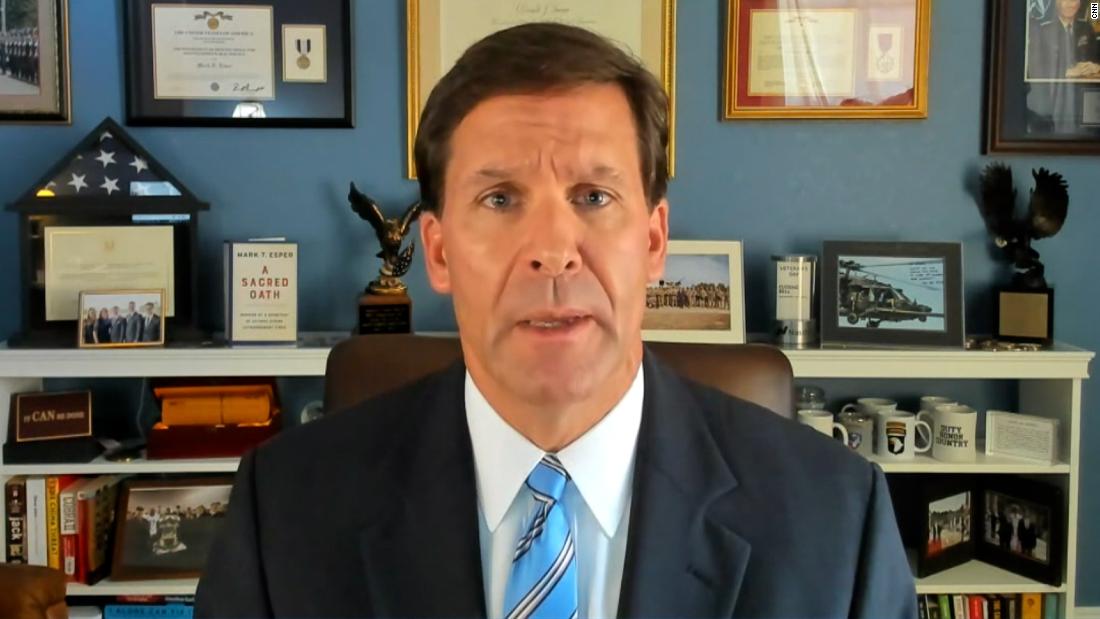Forensic Testimony Distorted by ‘Implicit’ Racial Bias: Paper
Far from an objective and equalizing tool, forensic testimony perpetuates a “presumption of guilt” towards individuals of color involved in the criminal legal system, argue the authors of a forthcoming Criminal Law Bulletin article.


Photo by janinsanfran via Flickr
Photo by PROjaninsanfran via Flickr
Far from an objective and equalizing tool, forensic testimony perpetuates the “presumption of guilt” for people of color involved in the criminal legal system, argue the authors of a forthcoming Criminal Law Bulletin article.
In “Perpetuating the Presumption of Guilt: The Role of Implicit Racial Bias in Forensic Testimony,” Forensic Justice Project Executive Director Janis C. Puracal and Lewis & Clark Law School Professor Aliza B. Kaplan argue that government experts are often susceptible to implicit racial bias, tainting their supposedly scientific analyses of firearms, toolmark impressions and bloodstains.
Analyzing, for instance, a bullet from a crime scene might appear to be an empirical process. But an examiner assigned to such an analysis is typically given “irrelevant contextual information” like the name, race and background of the lead suspect — information that could “predispose” the examiner to believe the bullet was fired from that suspect’s gun, producing a “result-driven opinion” about a suspect’s guilt.
“The human eye will see what it wants to see, and, because there are no objective standards by which to measure the marks, the examiner’s conclusions may reflect bias in favor of guilt, rather than a true determination that the marks are, in fact, the same in appearance or sufficient in number,” Puracal and Kaplan write.
Recent exonerations have spotlighted the link between implicit racial bias, faulty forensic testimony and wrongful conviction.
One such case involved Patrick Pursley, a Black man who was wrongfully convicted of murder in 1994 based on a firearm examiner’s opinion that test fires from a pistol attributed to Pursley matched bullets and cartridge cases retrieved from the crime scene.
Twenty-two years later, as Pursley was serving a life sentence without parole, the examiner testified at a post-conviction hearing that a review determined the original evidence was “inconclusive.” A post-conviction court vacated Pursley’s conviction and exonerated Pursley, who was ultimately awarded a certificate of innocence.
“Again, there was no new information about the bullets, cartridge cases, or the weapon itself, which begs the question of what led the examiner to his remarkably definitive conclusion at the original trial and whether Mr. Pursley’s race played a role through implicit bias,” the authors write.
This case, and others like it, illustrates the subjectivity of forensic testimony, its susceptibility to implicit racial bias and its power to reinforce biases. Other academics, the authors maintain, have already explored the racial biases that pervade DNA phenotyping and facial recognition technologies.
By focusing on other commonly-used forms of forensic evidence that have maintained a “façade of unbiased objectivity,” Puracal and Kaplan hope to address the absence “in the literature on bias in forensic science.”
Ultimately, they endorse reforming policies that govern forensic practitioners, including minimizing irrelevant contextual information through the use of case managers, removing public forensic labs from law enforcement control and cross-examining forensic examiners on implicit bias, all of which could highlight where implicit racial bias is impacting results and could help officials adopt corrective actions.
Over the past year, Americans have spotlighted the racial bias pervading policing and incarceration. Devoting the same amount of resources and attention to implicit bias in forensic testimony will produce a more just criminal legal system, the authors argue.
“A desire for a more fair and transparent criminal justice system means taking action based on the research and the disproportionate outcomes that paint a very real picture of the presumption of guilt facing people of color,” the authors write.
“Focusing on the role that forensic testimony plays in perpetrating that presumption is crucial to our pursuit of justice.”
The paper can be downloaded here.
Eva Herscowitz is a TCR contributing writer.

 Landwebs
Landwebs 



















